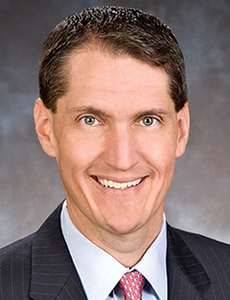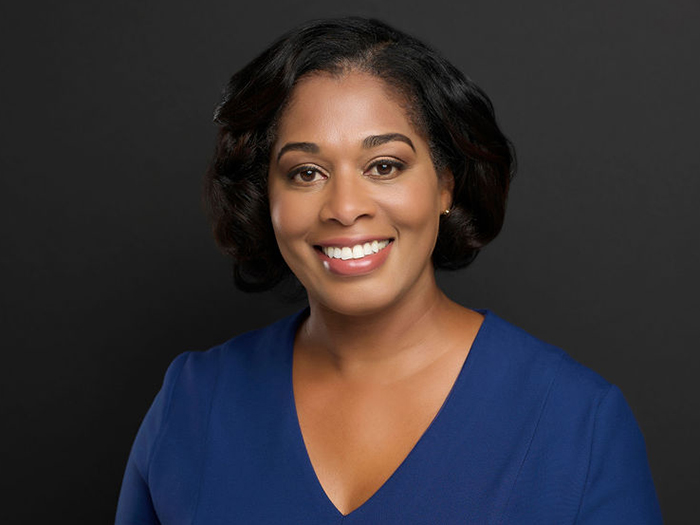Professional Liability
Professional Liability Challenges

Rates in the professional liability market are coming under increased pressure as a result of overcapacity and greater competition, with industry experts warning of dire consequences in the long term if it continues.
Among the areas hardest hit are directors’ and officers’ (D&O) and medical professional liability (MPL).
John Lopes, vice president of programs at Freedom Specialty Insurance, said overcapacity posed the biggest threat to insurers in the short and long term.
He said new entrants and smaller players would find it hard to build profitable scale without a competitive advantage other than price, and those who succeeded would likely do so at the expense of existing providers.
“Either way, the longer term issue is one of market saturation and fragmentation,” he said. “This will put pressure on pricing and profitability until market forces break the cycle.”
Christian Gravier, president of professional lines at Allied World North America, said that rates and terms and conditions for public D&O and side A difference in condition (DIC) were under the greatest pressure from increased competition and capacity.
“Sustained profitability of the product has made it extremely attractive and hence capacity is drawn to the line and rates have seen, in some areas, a precipitous drop,” he said.
Gravier said the increased use of capacity by competing insurers was causing disruption in some of the bigger markets, with larger limits of $25 million and $50 million becoming more prevalent.
Jeff Klenk, senior vice president of bond and financial products at Travelers, however, said that despite the surfeit of capacity, some more specialist areas had experienced rate increases.
“Capacity continues to be plentiful and the state of competition is very risk-specific,” he said.
“In those lines of business that have had more challenging results, or on accounts with more complex risks, we have seen rate increases.”
But it’s really cutting-edge sectors like cyber and privacy liability that are offering the most potential for growth as companies realize the extent of their exposure to data breaches and attacks, and brokers gain a better understanding of the product.
Chris Duca, senior vice president at RT ProExec and 2014 president of the Professional Liability Underwriting Society (PLUS) — which will be hosting its annual conference in November — said that alongside cyber, errors and omissions (E&O), and D&O lines in privately held as well as publicly traded and initial public offering (IPO) corporations offered the biggest growth potential.
He added that there was also increased demand for management, professional and health care liability, and MPL.
D&O Challenges
D&O is one of the biggest professional liability markets by premium volume. It’s estimated to be worth $6 billion in the U.S. alone, according to Allianz Global Corporate Specialty.
But despite the sector’s size and success, it has not been without its problems, stemming largely from the increase in claims after the 2009 financial crisis.
Damian Brew, national practice leader, FINPRO claims, at Marsh, said the biggest challenge facing D&O brokers is getting clients interested in new products.
A prime example, he said, was the level of cover D&O policies provide for entity investigation costs, in light of the Securities and Exchange Commission’s (SEC) renewed focus on company investigations.
“From that standpoint, many of those costs can be covered under a D&O policy,” he said, “but there are times when they fall outside of that coverage, and as a result we are now seeing more insurers offering specific cover for entity investigation costs.”
Medical Malpractice Risks
As a sector, medical professional liability accounted for $7.7 billion in premiums in 2013, according to A.M. Best, making it the No. 1 professional liability market by size.
Best’s August 2014 market report said that MPL underwriting and operating returns continued to outperform most of the property/casualty industry in 2013, despite the soft market.
It attributed that success to improvements in tort reform, better patient safety, a greater emphasis on loss mitigation and risk management, and more aggressive legal defense tactics.
SNL Financial, meanwhile, reported that despite MPL premiums continuing to fall in 2013, losses also declined to $4 billion in 2013 from $4.17 billion in 2012. The bulk of the drop in written premiums was in coverage for physicians, which fell to below $6 billion in 2013 from $7.18 billion in 2008.
“Medical professional liability is still the largest professional liability market by size.”
However, cover for other health care professionals grew to $1.2 billion in 2013 from under $1 billion in 2008.
Despite its relative success, the market remains highly sensitive to any price changes, one industry expert warned.
Robert Allen, president of Pro-Praxis Insurance, said, “All it takes is for one company to underprice the business and it has an effect on keeping pricing suppressed for the next year, raises the expectations of brokers looking for the best deal for their clients, and therefore makes it even harder for us to collectively move pricing to the right level.”
However, he added that there were areas of opportunity for growth, namely allied health facilities such as physical therapy and convenient care clinics, which have expanded at a phenomenal rate since the introduction of the Affordable Care Act (ACA).
“The growth in that space right now is just amazing,” he said.
Elke Kirsten-Brauer, executive vice president and chief underwriting officer of the medical liability division at MGIS Cos. Inc., said the MPL industry continues to face a multitude of challenges, including new patient populations entering the marketplace for insureds, and an increasing number of older patients with more complex illnesses.
Uncertainty surrounding tort reform in different states, a rise in vicarious liability claims and the heightened risk of cyber and privacy breaches add to those issues, she said.
As a result, she said, the industry needs to look at how it assesses and rates new liabilities and exposures.
“The insurance industry needs to look at data and tools from the past and make sure it revises and refines its approaches for the future,” she said.
Emergence of Cyber Liability
The hottest area in professional liability is undoubtedly cyber and privacy liability.
Philadelphia Insurance Cos.’ senior vice-president of underwriting, Ziad Kubursi, said that cyber liability was the main driver for demand in professional liability because it affected almost everyone.
Marsh’s Brew, meanwhile, believes the market will grow exponentially over the next five to 10 years as more insurers look to write the business and gain access to better loss history data.
“I think everyone is waiting for the next shoe to drop,” he said.
“It’s an exciting area where we have seen a lot of growth and I would expect to see more growth.”
Jim Whetstone, senior vice president and professions practice leader at Hiscox, said that companies were increasingly adding cyber and privacy data breach to their general professional liability policies to protect themselves against these new risks.
“We have seen increased demand for cyber and privacy cover as more brokers understand the product now and are able to explain it to their clients,” he said.
Impact of Legislation
Another big growth area is franchisors’ liability, which covers franchisers against lawsuits brought by franchisees.
Earlier this year, the National Labor Relations Board (NLRB) ruled that McDonald’s can now be considered a “joint employer” and held liable for the employment practices of its franchisees.
Peter Taffae, managing director at ExecutivePerils, said the ruling could have far-reaching implications for all company employment practices.
“The majority of franchisees don’t want to be told how to hire their employees or what to pay them because they are all independent businesses that operate on their own,” he said.
“What’s happened from an insurance E&O perspective is that some providers are now pulling back from offering this kind of cover and others are not offering it at all, meaning that prices are going up across the board,” Taffae said.












